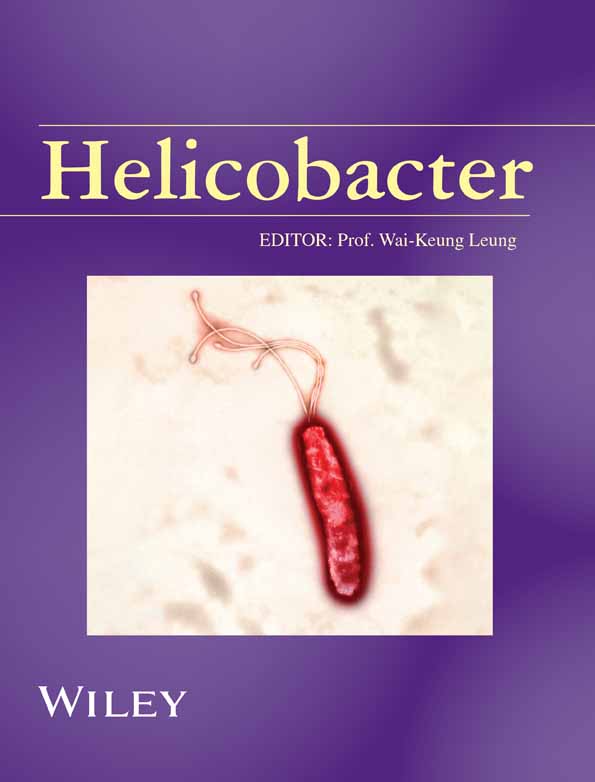RFLP and RAPD Analysis of In Vivo Genetic Interactions Between Strains of Helicobacter pylori
Abstract
Background.
The nature of the in vivo interactions between co-colonizing strains of Helicobacter pylori has not been well studied. This study was designed to investigate the in vivo interaction between strains of H. pylori using restriction fragment length polymorphism analysis (RFLP) and random amplified polymorphic DNA fingerprinting (RAPD) analysis.
Materials and Methods.
Mice were orally inoculated with either a single strain or a mixture of strains, and killed at various time intervals up to 12 months after inoculation.
Results.
Inoculum and recovered bacteria were identified by RAPD and RFLP. After 12 months of colonization, bacteria recovered from mice given a single strain were identical to the inoculum. In contrast, bacteria recovered from mice given a mixture of strains developed minor but consistent differences in their RAPD patterns. This variation occurred in spite of the fact that only single strains were recovered from mice given a mixture of strains.
Conclusion.
These findings support the development of genetic heterogeneity of H. pylori during long-term colonization either by genetic drift or by in vivo recombination. Such genomic modification in vivo could explain the naturally occurring heterogeneity of H. pylori.




